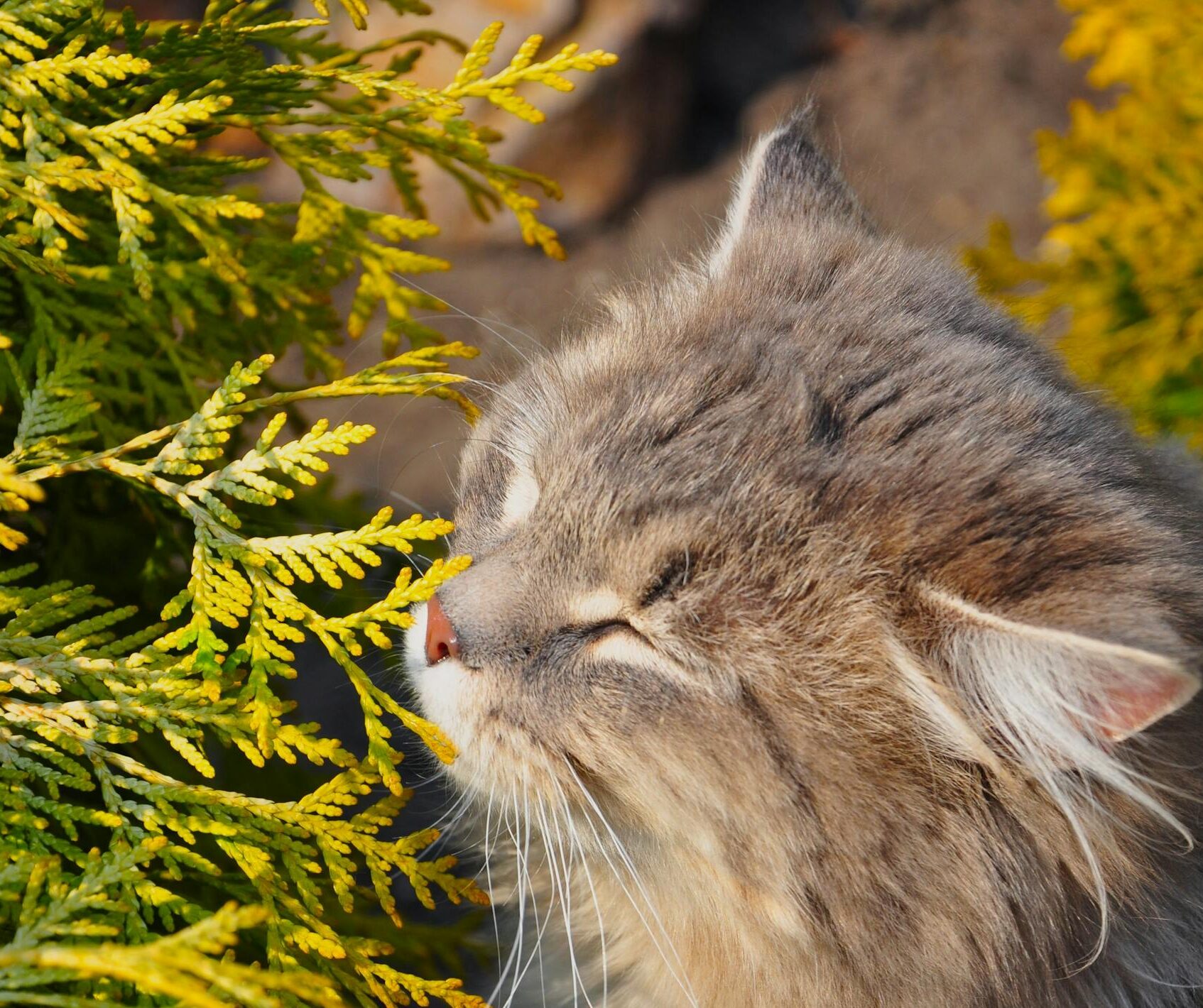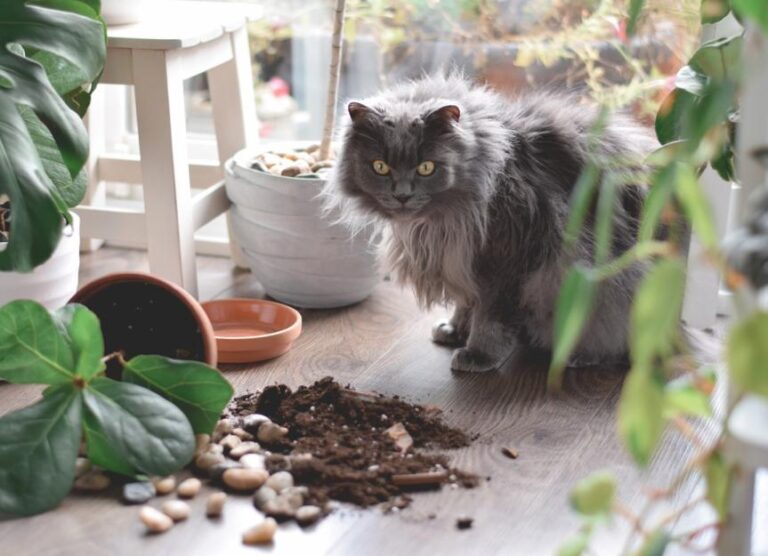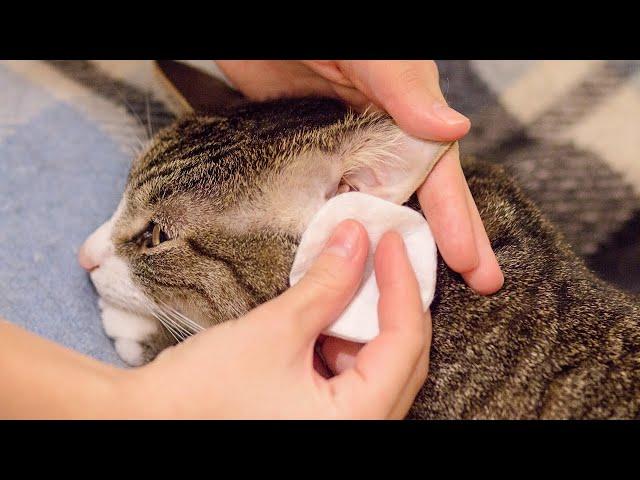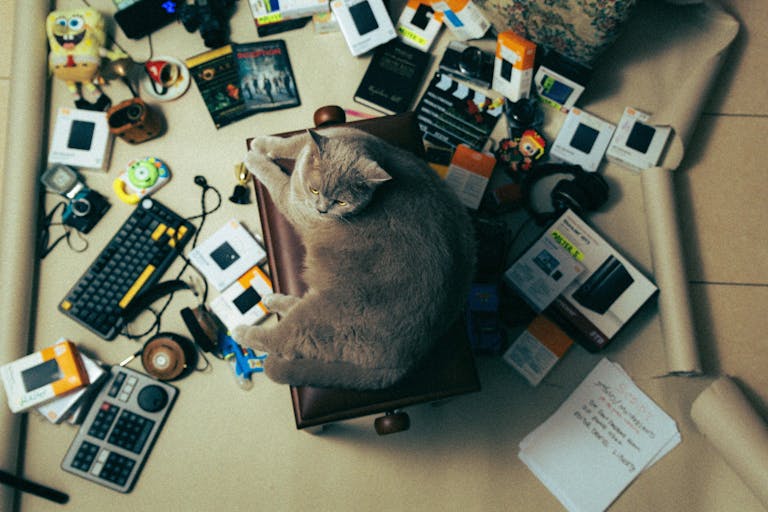The Best Indoor Plants That Are Safe for Cats

The Best Indoor Plants That Are Safe for Cats: A Cat Lover’s Guide to a Green Home
If you’re anything like me—a crazy cat lover who finds joy in lush greenery—you’ve probably had that little heart-stoppage moment after spotting your kitty sniffing a suspiciously leafy houseplant. “Is that safe? Will it make my furball sick?” It’s a worry many of us face. Cats love to explore with their noses and tongues, and some indoor plants, while gorgeous, pack a toxic punch.
But don’t fret! There are plenty of beautiful, easy-care plants that won’t send your feline friend running to the vet. Whether you want a calming jungle vibe or a splash of fresh greenery on your windowsill, I’ll walk you through the best cat-safe plants, how to care for them, and tips for keeping your curious kitty happy and healthy.
When Plant Meets Purr: Why Choosing Pet-Safe Plants is a Big Deal
Maybe your cat is just an occasional nibble pro, or maybe they act like a tiny plant bulldozer. Either way, toxic plants can cause anything from mild stomach upset to serious organ damage or worse. It’s a scary thought, especially when we want our homes to be cozy and safe for all family members—cats included.
Knowing which plants won’t harm your cat isn’t just about preventing vet trips. It’s about harmony in your home, giving your furry pal a safe space to explore without risking their health. Plus, safe plants can even encourage enrichment—cat grass, for instance, can help with digestion and reduce hairballs.
Top Cat-Safe Indoor Plants That Will Brighten Your Home
Ready to add some greenery without the worry? Here’s a list of my favorite indoor plants that are non-toxic to cats and also pretty easy to keep alive.
Spider Plant (Chlorophytum comosum)
-
- Why it’s great: Spider plants are resilient, low-maintenance, and they actually seem to attract cats. Many kitty owners rave about how their cats love playing with the dangling “babies” the plants produce.
-
- Care tips: They thrive in indirect sunlight and only need watering about once a week—just keep the soil from getting soggy.
-
- Bonus: Spider plants also help purify the air, so they’re a win-win for you and your kitty’s breathing space.
Areca Palm (Dypsis lutescens)
-
- Why it’s great: This elegant palm adds a tropical flair and is completely safe for cats. Plus, its feathery fronds look stunning in any room.
-
- Care tips: Loves bright, indirect light and regular watering—keep the soil moist but not soaking wet.
-
- Fun fact: Areca palms also act as natural humidifiers.
Bamboo Palm (Chamaedorea seifrizii)
-
- Why it’s great: Another palm cousin, great for cat-friendly homes because it’s non-toxic and easy to grow indoors.
-
- Care tips: Likes medium light and moist soil; avoid letting it dry out completely.
Boston Fern (Nephrolepis exaltata)
-
- Why it’s great: Lush, full, and non-toxic, Boston ferns add that lovely vintage greenery vibe to your space.
-
- Care tips: Prefer indirect light and a humid environment. Keep soil evenly moist to avoid browning fronds.
Cat Grass (Dactylis glomerata or wheatgrass)
-
- Why it’s great: This one’s a classic—a safe edible grass specifically loved by cats for chewing, aiding digestion, and even reducing hairballs.
-
- Care tips: Can be grown indoors in pots with regular watering, requires bright indirect sunlight.
-
- Plus: Growing cat grass in your home gives your feline a designated “snack,” potentially saving your other plants!
Simple Tricks for Keeping Both Your Plants and Cats Happy
1. Create Plant Zones
Try grouping your plants on tall shelves or hanging planters, especially if your cat has a tendency to jump into chaos mode. Just make sure cat-safe plants are within their reach for discovery and play.
2. Give Your Cat a Cat Grass Pot
This reduces the temptation to chew on less friendly foliage. You can grow cat grass kits that are super easy and fast-growing!
3. Use Natural Deterrents
If a particular plant is irresistible, try scents cats dislike nearby, such as citrus peels or a light mist of diluted vinegar around the pots—but avoid spraying directly on the plants.
4. Regularly Check on Plant Health
Healthy plants are less likely to attract cats through wilted leaves or exposed roots, which can sometimes seem like “edible” curiosities.
Mistakes to Dodge: Avoid These Common Pitfalls
-
- Don’t assume a plant is safe just because it’s called an “herb” or “flower.” Lilies, for example, are extremely toxic to cats despite looking harmless.
-
- Stay away from popular but toxic plants: Dieffenbachia, philodendron, pothos, and oleander should be off your shopping list if cats roam free.
-
- Don’t forget to double-check with reliable sources. Websites like ASPCA’s Animal Poison Control are great for cross-referencing plant safety.
-
- Avoid using chemical pesticides or fertilizers that are harmful if your cat decides to sample the leaves or soil.
Recommended Products for the Cat-Friendly Plant Lover
To keep your plant and kitty game strong, here’s a handy tool I personally love:
-
- PetSafe Indoor Cat Grass Planter – This self-watering cat grass planter is fantastic for anyone who wants fresh greens at arm’s length. It’s simple to maintain and gives your kitty that safe grass snack they adore.
For newcomers to indoor gardening, a moisture meter can also be a lifesaver to avoid over- or underwatering your precious plants. Plus, a sturdy cat-friendly plant stand can keep your greenery elevated and your cat curious—but safe.
Bonus: Your Burning Questions About Cats and Plants
Q: What if my cat still eats my plants even if they’re safe?
Even non-toxic plants can upset your cat’s tummy if eaten in large amounts. It’s good to supervise and provide distractions like cat grass or toys. If your kitty’s munching is excessive, a vet checkup is a smart move.
Q: Can I train my cat not to chew on plants?
Training cats isn’t always straightforward, but gentle deterrents, providing alternatives like cat grass, and redirecting their attention to toys often works best.
Q: Are fake plants truly safer for cats?
Fake plants eliminate poisoning risks but can sometimes cause choking or blockage if shredded and swallowed. Also, they don’t provide the enriching benefits live plants can offer. Cat-safe real plants are usually the best way to go.
Wrapping It Up: Your Green, Cat-Approved Oasis Awaits!
Creating a beautiful, lush home filled with vibrant plants doesn’t have to come with the stress of worried about your feline friends’ safety. By choosing cat-friendly plants like spider plants, palms, and cat grass, you’re setting everyone up for a happy, healthy, and refreshing indoor environment. Remember, observation and a little bit of prevention go a long way in keeping your kitty safe and your plants thriving.
So go ahead, find that perfect pot, pick up a spider plant or two, and watch your home transform into a cozy jungle where both you and your cats can happily roam. Your green thumbs and your kitty’s curious whiskers will thank you!







